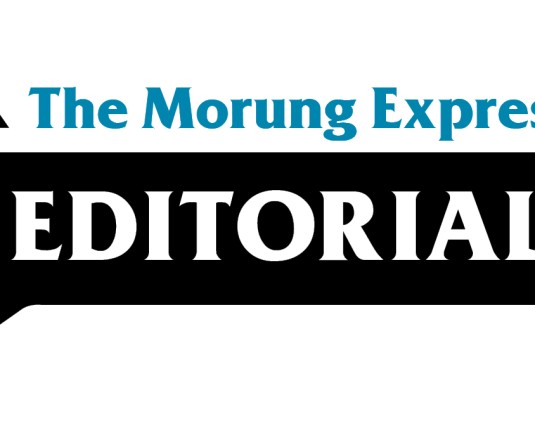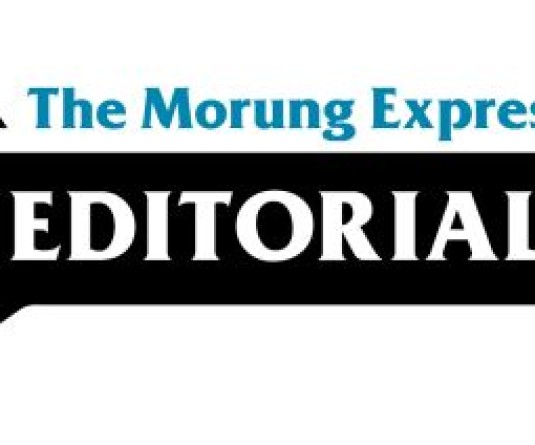
By Akangjungla
The rise of social media has undeniably transformed journalism worldwide and Nagaland is no exception. While these platforms have democratised information, allowing news to spread faster and reach farther than ever before, they have also introduced significant challenges that threaten the credibility and ethics of traditional journalism. The question over whether social media strengthens or weakens journalism in Nagaland remains contentious, with valid arguments on both sides. Engaging with the readers on this concern, last week The Morung Express poll asked whether social media platforms are strengthening or weakening journalism in Nagaland and the result showed slight majority believing it is weakening.
Those who believe social media strengthens journalism highlight its ability to disseminate news quickly, especially in remote areas where traditional media is scarce. It enables real-time updates, amplifies public discourse through comments and empowers citizen journalists to share overlooked perspectives. It can therefore be seen that on the positive side, social media has revolutionised news dissemination.
In a state with limited media penetration in rural areas, platforms like Facebook, YouTube and WhatsApp ensure that even remote communities stay informed. Citizen journalists and activists now have a voice, bypassing traditional gatekeepers to highlight issues that mainstream media might miss. The nearness of social media also aids in crisis reporting, whether it is a natural disaster or a public grievance, real-time updates empower citizens and hold authorities accountable.
Conversely, critics argue that social media undermines journalistic ethics, with untrained ‘citizen journalists’ spreading unverified or sensationalized news. The rise of YouTubers and reactive, opinion-driven content is seen as eroding credibility. Many lament the lack of fact-checking, the spread of misinformation, and the disordered presentation style of some social media anchors, which deviates from standard journalistic ethics. Here, the drawbacks are obvious. The unchecked increasing ‘citizen journalists’ and amateur news channels has led to a surge in sensationalism, misinformation and ethical violations. Unlike trained journalists who adhere to principles of accuracy, fairness and accountability, many social media content creators prioritise ‘viral’ over truth. The result often leads to misleading headlines, unverified claims and inflammatory commentary dominate feeds, wearing down public trust in news overall, which is worse.
The recent trend of anchors delivering opinions rather than reporting facts, just is the main duty of a journalist, only exacerbates the problem, turning journalism into diversion rather than a public service.
Moreover, the decline of traditional newspapers, once the bedrock of credible reporting, poses a long-term threat. While digital platforms offer convenience, they often lack the rigorous editorial standards that professional journalism demands. If unchecked, this trend could leave Nagaland’s media landscape fragmented, with truth becoming collateral damage in the race for clicks and views.
So, where do the news industry and the consumer go from here? Social media is here to stay, but its role in journalism must be balanced.
Media literacy campaigns can help audiences discern credible sources, while regulatory frameworks, whether self-imposed by platforms or enforced by media bodies, should curb misinformation. Traditional journalists must also adapt, leveraging social media’s reach while upholding ethical standards. Ultimately, social media is neither inherently good nor bad for journalism, it is a tool whose impact depends on how it is utilised. For Nagaland’s media to thrive professionalism must prevail over sensationalism and truth must remain the cornerstone of every story. The choice is ours.
Comments can be sent to akangjungla@gmail.com





